Energy storage power stations, development direction of clean energy
Dat: 2024-01-31 Clicks:
An energy storage power station is a facility specifically designed to store electrical energy and re release it when needed. The core function of this type of power station is to solve the imbalance between power supply and demand in time and space, such as peak shaving and valley filling, smoothing renewable energy output fluctuations, and enhancing grid stability.
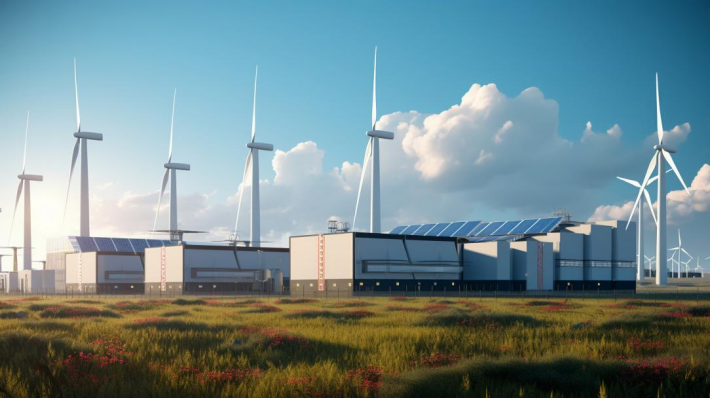
Energy storage power stations mainly achieve the storage and release of electrical energy through the following methods:
1.Pumped storage power stations: Pumped storage is currently the most mature and largest energy storage technology. It utilizes two reservoirs at different altitudes to pump water from the lower reservoir to the upper reservoir for energy storage during low electricity loads (such as at night); During peak loads (such as during the day), the upper reservoir releases water, which drives a hydroelectric generator to generate electricity, thereby converting stored potential energy into electrical energy and sending it to the grid.
2.Battery energy storage system: Including lithium-ion battery energy storage, lead-acid battery energy storage, sodium sulfur battery energy storage, etc. Among them, lithium-ion battery energy storage has rapidly developed in large-scale commercial applications in recent years due to its high energy density and long lifespan. The battery energy storage system can quickly respond to the needs of the power grid, achieve functions such as frequency regulation, peak shaving, and backup power supply.
3.Compressed air energy storage: The compressed air energy storage system compresses and stores air in underground caves or specially designed containers through electricity, and releases compressed air to drive turbines for power generation during peak electricity demand.
4.Flywheel energy storage: Utilize electricity to rotate the flywheel at high speed and maintain kinetic energy, and convert it back into electrical energy through an electric motor/generator when needed.
5.Supercapacitor energy storage: Supercapacitors have very high charging and discharging efficiency and power density, making them suitable for short-term high-power charging and discharging scenarios.
6.Thermal energy storage: For example, solar thermal energy storage converts solar radiation heat energy into thermal energy for storage, and when necessary, converts it into electricity or other forms of energy.
7.Chemical energy storage: This includes hydrogen energy storage (which generates hydrogen energy through electrolysis of water and then generates electricity through reverse reactions in fuel cells) and various other chemical reaction energy storage technologies.
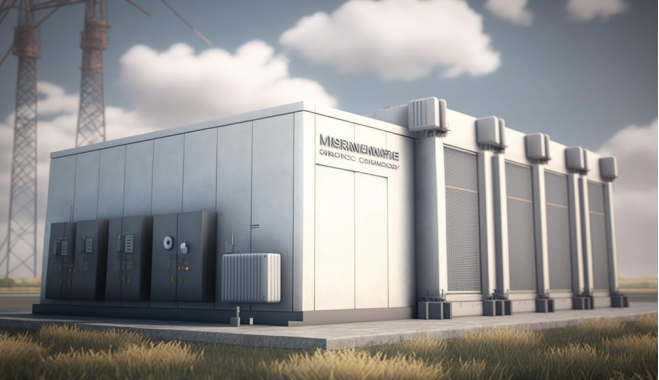
The application of energy storage power stations can not only effectively alleviate the contradiction between power supply and demand, improve the operational efficiency of the power system, but also assist in the large-scale integration of renewable energy, because the generation of renewable energy such as wind and solar energy is greatly affected by weather. Energy storage can balance these unstable energy supplies, ensuring the stability and reliability of the power grid. Meanwhile, with technological progress and cost reduction, energy storage power stations are gradually becoming an important component of modern smart grids on a global scale.

#Tide Power, #energy, #storage, #power, #renewable energy

 English
English

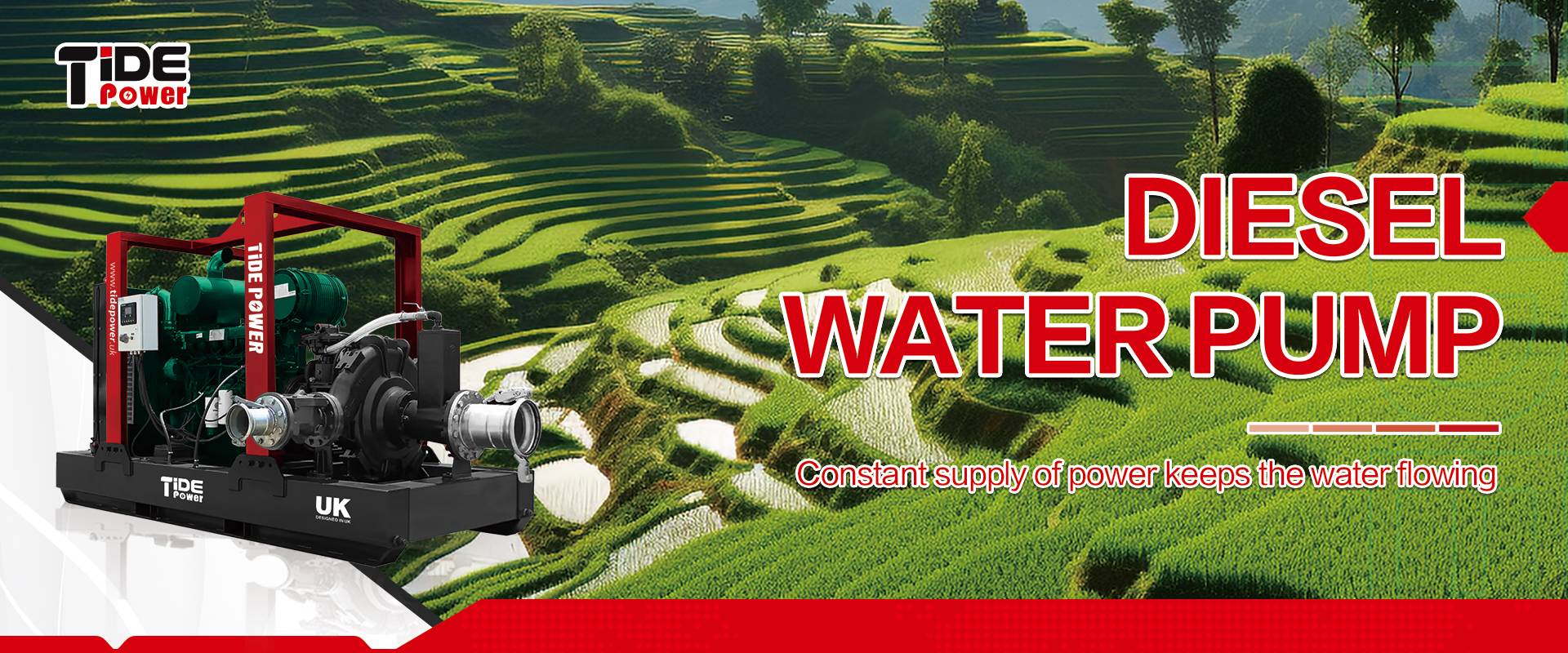
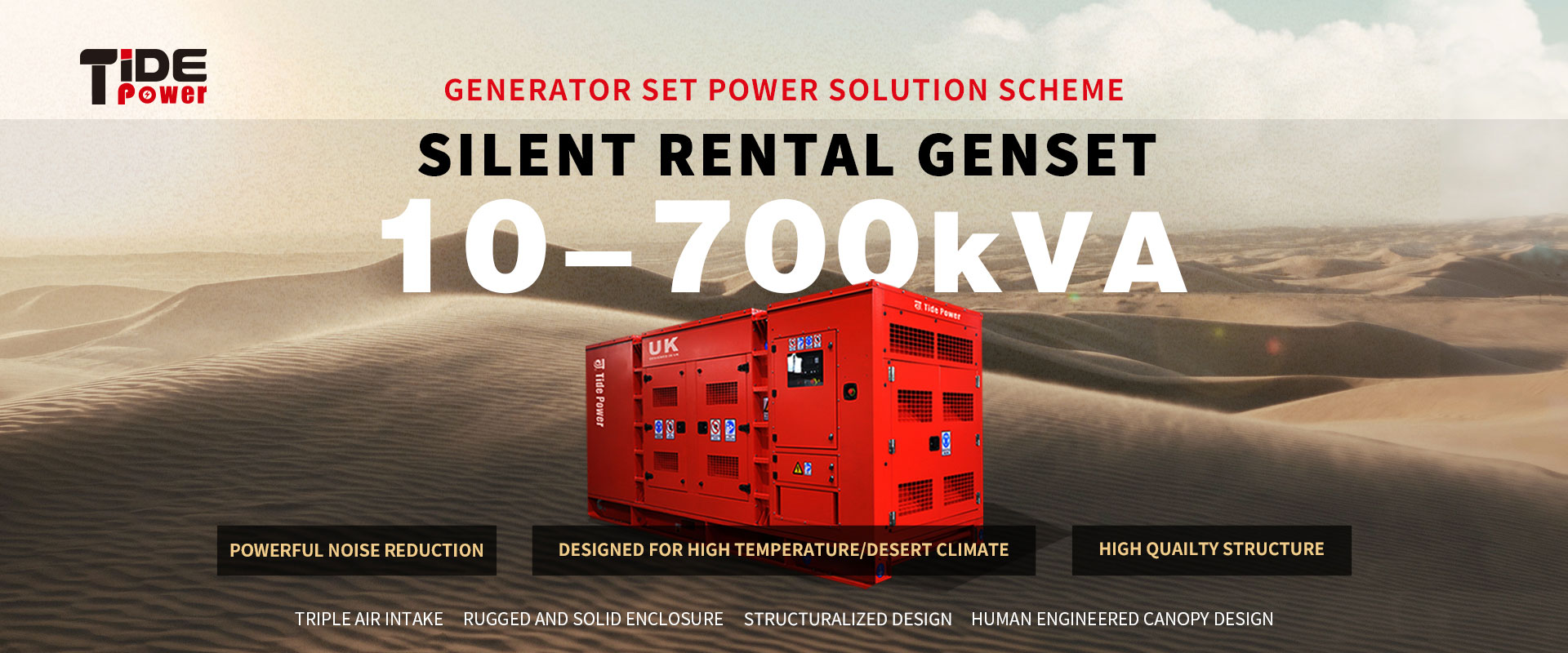
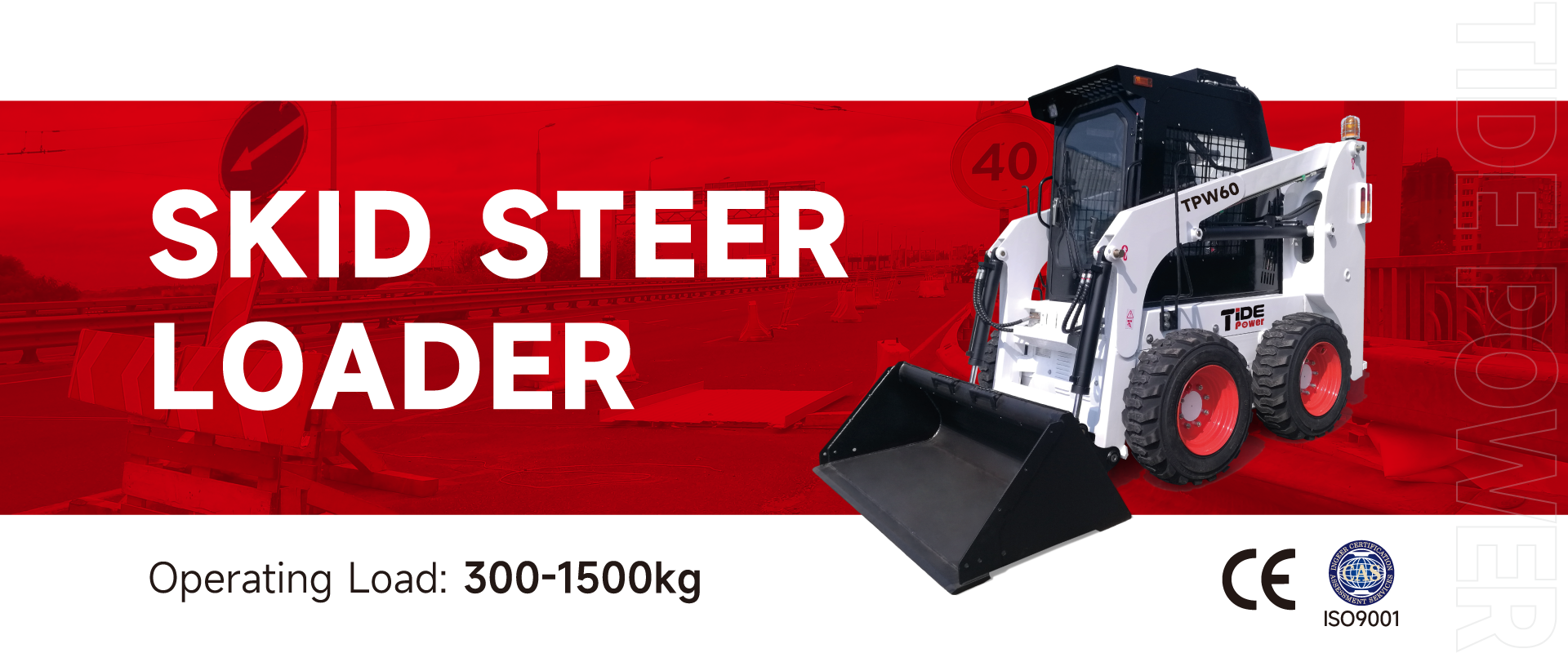
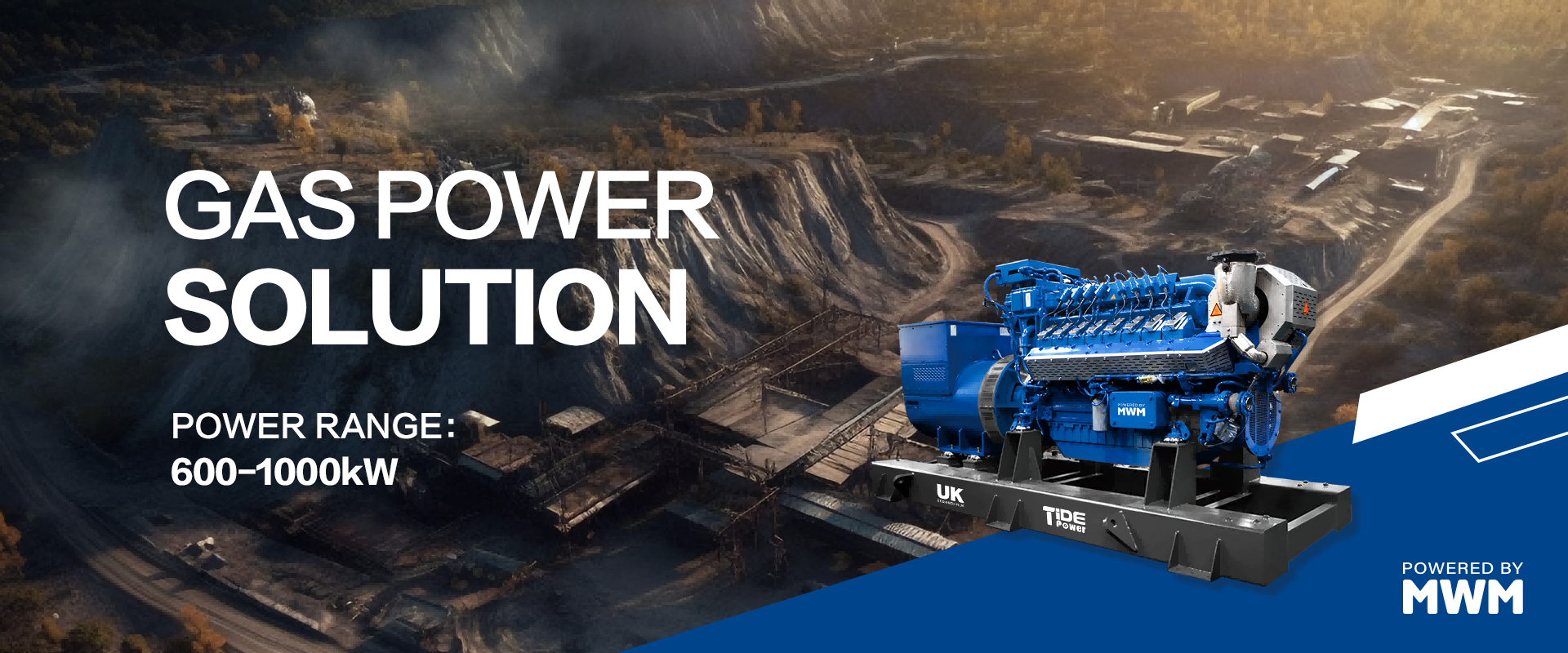
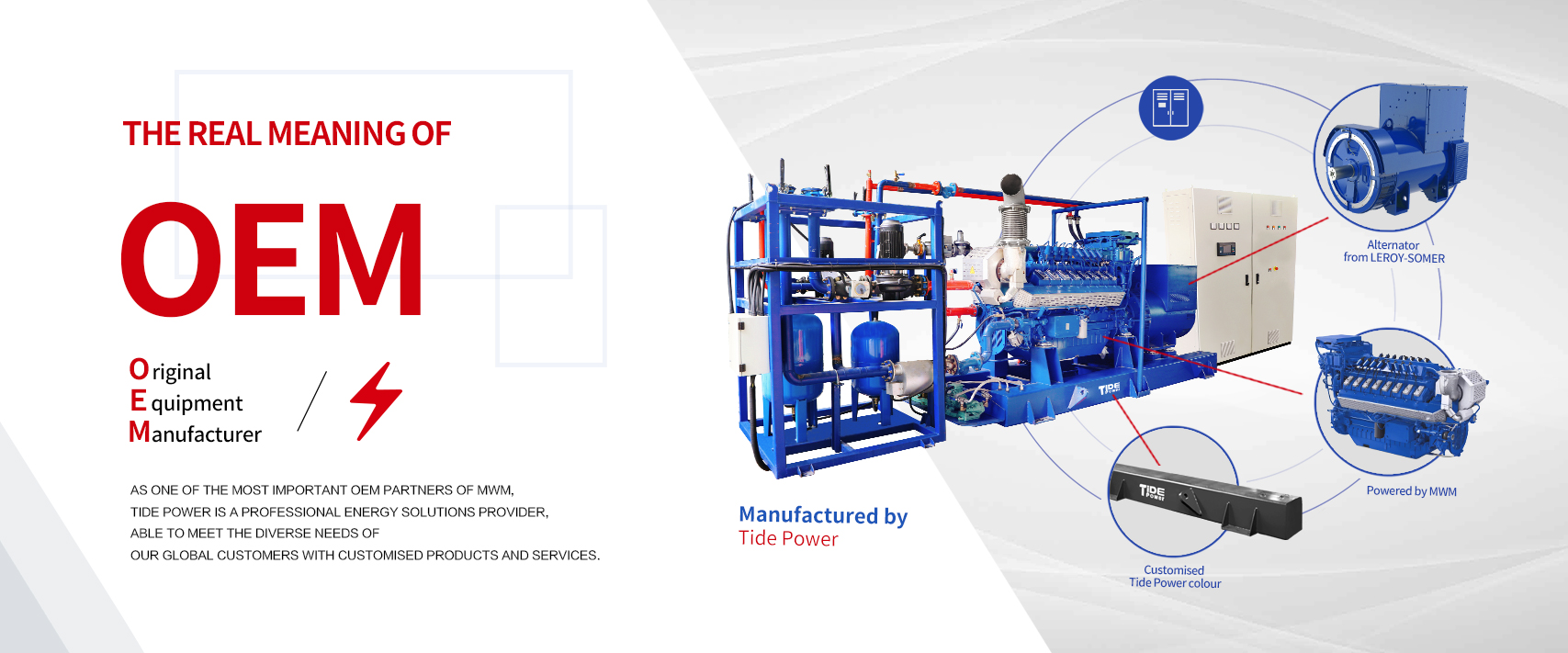
 Home
Home Phone
Phone Message
Message